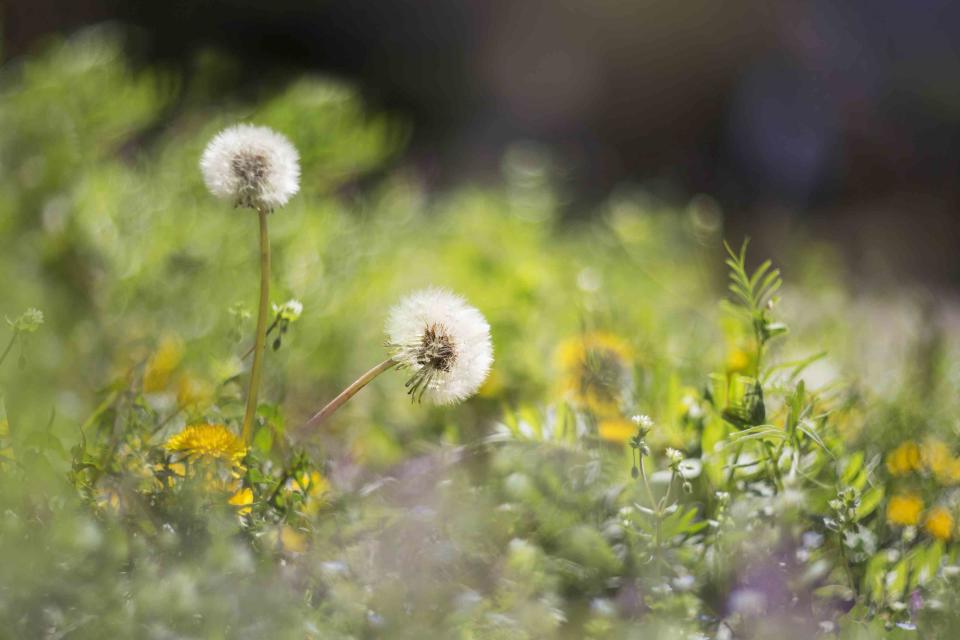What to Do With Weeds After You Pull Them, According to Gardening Experts
Put pesky weeds to use with these tips.

Getty Images
No matter how many preventative measures you take, weeds often show up unwanted in gardens and lawns. Beyond how unsightly some of them might appear, weeds can compete with the desirable plants in your landscape for water and nutrients and can harbor diseases and pests. If weeds are allowed to spread and set seed, they can take over your outdoor space, so it's important to pull them before this happens. But if you're wondering what to do with these plants after removing them, we spoke to experts who shared their tips for safely using and disposing of weeds.
Meet the Expert
Sally McCabe, associate director of community education for the Pennsylvania Horticultural Society
Damon Abdi of the Hammond Research Station at Louisiana State University's Agricultural Center
Related: 30 Common Weeds—and How to Control Them, According to Experts
Cook With Weeds
Believe it or not, you can use weeds in your cooking. Many types of weeds, like dandelions, purslane, and goosefoot, are actually edible. "Research local wild edibles using reputable resources like field guides, websites from your local extension office, or identification apps," says Sally McCabe, associate director of community education for the Pennsylvania Horticultural Society. "Look for beginner-friendly guides that focus on easily identifiable species."
Warning
Before consuming wild plants, be sure to confirm their identification by using an official field guide or asking an expert.
Always wash before preparing, and be careful not to forage plants that have been exposed to herbicides, pesticides, or environmental pollutants.
Remember that some wild plants have medicinal properties; check with your healthcare provider to make sure there are no contraindications.
Related: 21 Weeds and Invasive Plants That Are Actually Delicious—Here's How to Use Them in Your Cooking
Use Weeds As Mulch
You can also use pulled weeds as mulch in your garden beds. "Lay them out as a natural weed barrier to help suppress future weed growth," says McCabe. "Just be cautious not to use weeds that have gone to seed, as this could lead to more weed problems."
Compost Weeds
Certain weeds that haven't gone to seed and aren't diseased can be added to your compost pile. "Weeds that are prolific seeders should not be composted, as this increases the risk of viable seeds remaining within the compost," says Damon Abdi of the Hammond Research Station at Louisiana State University's Agricultural Center. "Weeds that have set seed or are close to setting seed should also not be composted." Additionally, avoid composting weeds that show signs of disease or have been treated with pesticides.
If your weeds are safe to compost, make sure the composting temperature is maintained at about 140 degrees Fahrenheit for a few days to kill weed seeds. "If the composting temperature is not high enough, then weed seeds may remain viable, and when your compost is spread out in the garden, those weed seeds can germinate," says Abdi.
Warning
Check with an experienced gardeners in your respective area or use your state agricultural extension services to assess whether certain weeds are safe to compost.
Related: 12 Plants That Will Keep Weeds Out of Your Garden Once and for All
Use Weeds As Filler
Rather than throwing weeds away, use them as filler for your container plants. "Jam the weeds into big pots and let them decompose for a few weeks, then top the pot with good soil," says McCabe. If you go this route, avoid using weeds that have gone to seed or look diseased, as this could effect the plants you fill these containers with.
Throw Weeds Away
Often times, the best solution is to throw the weeds away, and it's important to do so properly so they don’t return to infest your garden. "If weed plants look diseased, have pests, or have gone to seed, get them away from your garden," says McCabe. "Dispose of weeds in your regular trash or take them to a landfill. Make sure to place them in a sealed bag to prevent them from spreading."
Read the original article on Martha Stewart.

